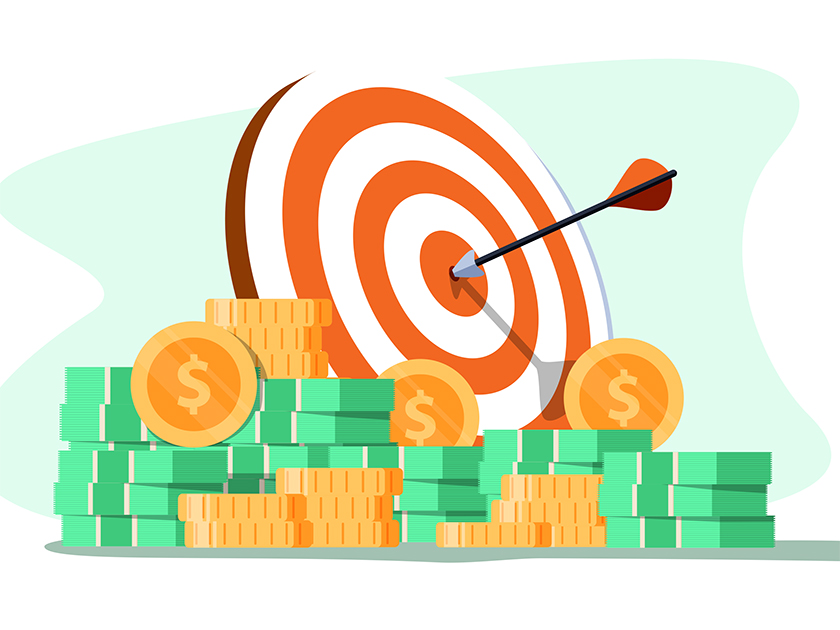Market size and pricing are two essential considerations
Step 1: Determine which markets other smaller companies are successfully using to sell their product.
BY DON DEBELAK
A market is a term used for different ways companies might sell their product. For example, a toy manufacturer can sell through these channels:
- Major retailers such as Target and Walmart.
- Specialized or smaller toy stores.
- Amazon or other toy internet retail sites.
- A Facebook store.
- Your own website.
- Catalogs.
- A “sold-on-TV” type of ad campaign.
- Ads in children- or parent-oriented magazines.
Identifying the right target market can often be the difference between success and failure for new products. The right market will be more willing to accept, and ready to pay more for, the right product— and the wrong market will be slower to accept your product and will require more marketing efforts, cutting down on profits.
So choose your target market carefully. There are many factors that determine the right target market, but two important ones are market size and pricing.
Identify market choices
Your first step is to identify your market choices—i.e., which markets other smaller companies are successfully using to sell their product. The easiest way to do this is through trade magazines or trade shows.
An internet search can show the names of several trade magazines. Start reading those magazines and you will find articles related to different ways companies sell their products. Attend a trade show if possible and talk to other small manufactures to see how they are selling their product.
A good spot to gather intelligence about how end users are buying products is facebook.com/graphsearcher/. On the top left of the page is a search box. Just enter what type of group you are searching for, and you will see a list of Facebook groups.
Become a member of those groups. Typically, they will allow you to post questions such as where you last bought your type of product.
The right market size
Many inventors want to enter a big market with lots of customers. This is most often a mistake.
Your marketing efforts (unless you have a huge marketing budget) will probably be more like a drop in a bucket than a big splash, and it is unlikely that consumers will notice.
Choose a market small enough that you can make it notice your marketing efforts. As your budget grows, your market can expand—but consider what funds and time you have now for marketing your product.
Your market maybe be local, including specialty shops or boutiques. You could sell just through one retail outlet or through catalogs when starting out.
Pricing, inventor costs
Most inventors don’t realize all of the hidden costs in selling a product. For instance, selling to retailers through distributors means the distributor takes a percentage of the wholesale price (sometimes more than 30 percent), and then the retailer often takes 50 percent of the retail price (double the wholesale price).
So if you decide to sell products this way, which many inventors do, make sure that your target customers are willing to pay a high enough price so you can produce your product and still make a profit on only 70 percent of the wholesale price, or, conservatively, 35 percent of the retail price.
Conduct market research to determine what price consumers are willing to pay. If they aren’t willing to pay a price that allows you to make a profit, you either need to choose different target market with different customers who are willing to pay more; find a different distribution channel where distribution costs are less; or rework your product so it is cheaper to make but still valued by your target customers.


